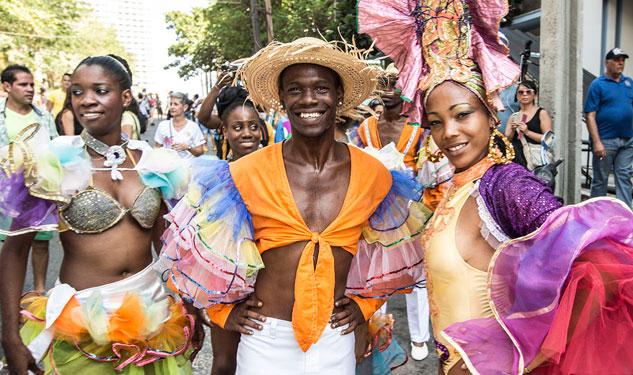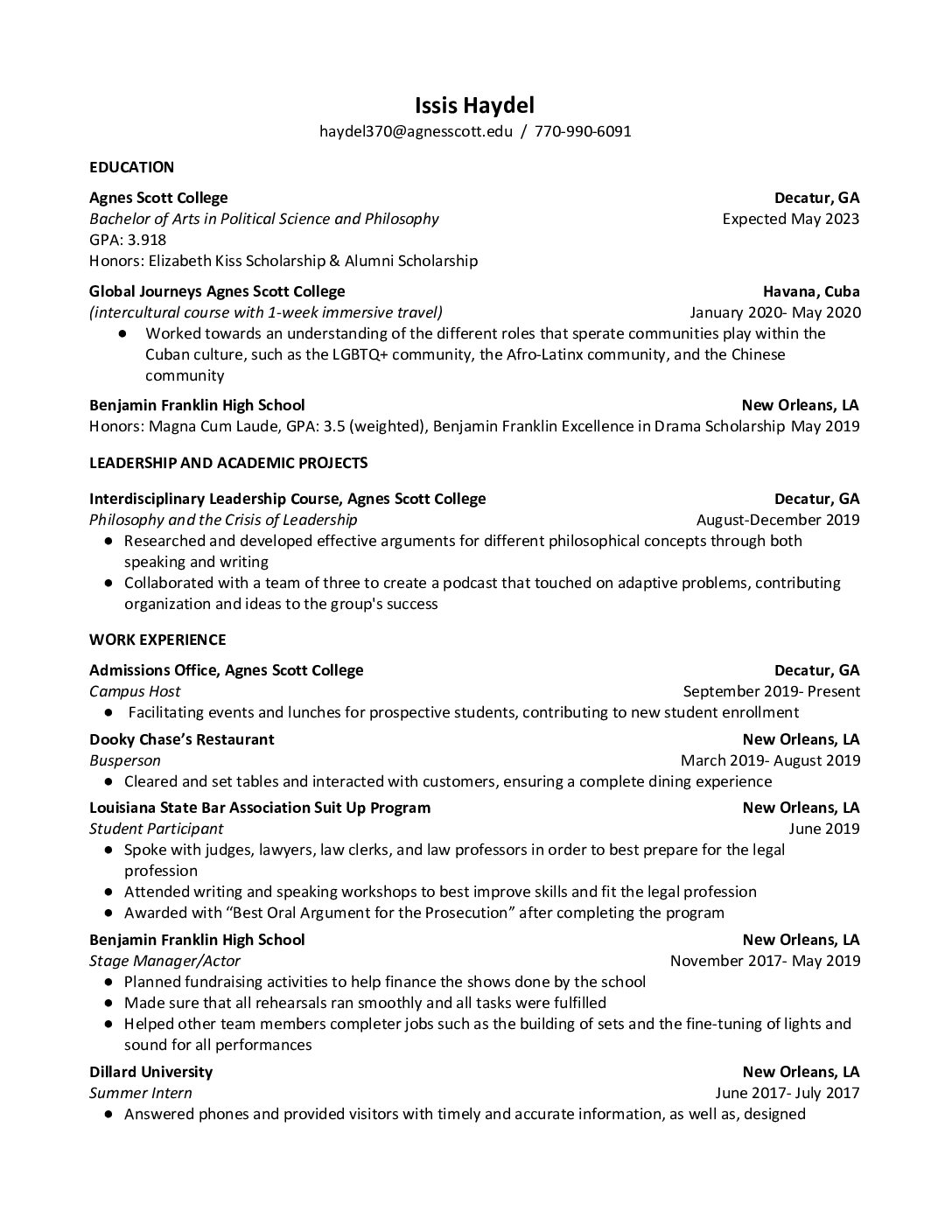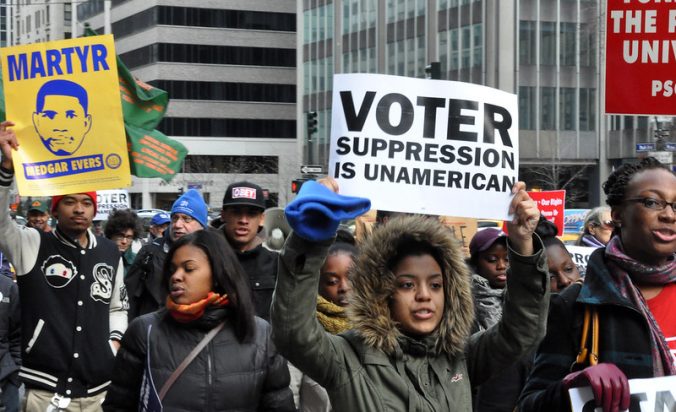Throughout this semester in this global class, we focused on Cuba, their culture, and their politics. Before I started the class, one of the main things that I was looking forward to learning about was the politics, specifically the way that they were viewed here in the United States of America. I think the way that the course ties in the politics of Cuba into our travel was spectacular. This is because, in discussions with my classmates, we were able to connect the dots between capitalism and the way that culture is portrayed in Cuba. For example, we talked about the prevalence of Santeria in Cuba and how many tourists come to Cuba just to have an experience or view of the religion.
One of the things that I found the most interesting was the way that Afro-Cubans were treated in Cuba. Before looking into this subject, I expected the treatment to be similar if not the same as the treatment of African Americans in America. I was somewhat correct in this thought. Here in America, many African Americans are judged and affected negatively because of the color of their skin and it seemed to be in the same in Cuba as well. In one of the readings that was done in class, there was a section centered around the sexuality of Cuba. This part of the reating focused specifically on Afro-Cubans and mullata women. These women are more heavily policed on their sexuality than the other Cuban women around them. This is astounding because while Cuba is known for the how “free” they are in relation to their sexuality, many Black and Brown bodies are being regulated for the exact thing that brings many tourists to the country.
In addition to this, many pieces of the Cuban culture come from Afro-Cubans. For example, many dances that are presented and experienced by tourists are rooted in Afro-Cuban culture. The religion of Santeria that is often sought out by tourists who want to experience Cuban culture is also based in Afro-Cuban culture as well. I found this rather peculiar because while the country is profiting off of Afro-Cuban culture, they are also policing their bodies. In addition to this, the many readings that we read in class did not center their stories and if they were included, it was only to talk about them specifically. Afro-Cubans do not seem to be included completely into the Cuban identity despite the common narrative promoted that they are.
At the beginning of the course, we read a piece about the nature of culture versus nationality. Many countries, such as Cuba, have the ability to claim both a Cuban nationality and a Cuban culture unlike the United States where there is not a clear depiction of what an “American culture” entails. After completing this course, it has become clearer to me that the distinction between a Cuban nationality and a Cuban culture are distinct. This is because the Cuban culture can also be split into many different houses.
Throughout our readings in the course, I also noticed that there is also a lack of LGBTQ+ representation in Cuban literature and research. Also, going beyond LGBTQ+ representation, there is also a significant lack of Afro-Cuban LGBTQ+ as well. While there are a few times where this specific community is referenced, like when talking about the work of Mariela Castro, but few times is the Afro-Cuban LGBTQ+ community ever actually mentioned. When doing my research for my imaging project, I wanted to focus on the LGBTQ+ community in Cuba since we did not focus on them heavily in class. While I was looking for a picture to fit what I wanted, I noticed that I could only find pictures that featured non-Afro-Cuban LGBTQ+. This was interesting because when I was finally able to find a picture featuring Afro-Cubans, they were wearing traditional clothing for a Conga. This is a piece of the culture that is known to come from Afro-Cuban culture.
During the course, we also began to examine how to be a good traveler as well as the effect of capitalism on some citizens in certain countries. While it may be seen as “helping” other countries to put parts of our companies in their countries to pay more than they would usually get paid (as said in some readings and documentaries). It is not fair to these people to provide a life that is subjectively better than the one that they had. I think that this goes hand in hand with the ideals of some things that we read that talked about how to be a better tourist. In the same way that we should not patronize a community of people by supposedly providing a better life that remains in the hands of our own capitalism, we should also try and experience the culture that we long to see from the people that the culture belongs to. This means going around the barriers put around some Afro-Cubans and experiencing their culture from them and doing it in a way that actually supports them.
This course was interesting, but ultimately it affected the way that I look and address other cultures, as well as the way that I reconcile it with my own. I think that I have also learned how to respectfully and correctly take in and enjoy the works of one culture and while i have not yet gone to Cuba when we are finally able to take the trip, I will have a beginning of an understanding of how my presence and the way that I choose to partake in the culture affects the people around me.


